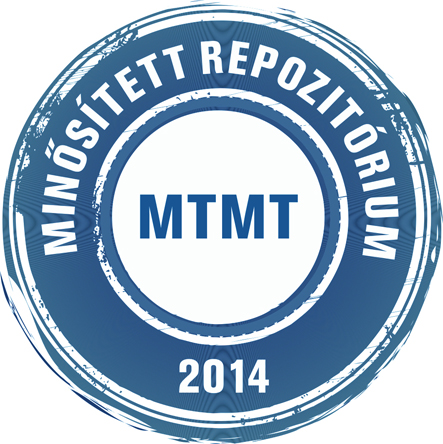Molnár Jeannette; Piretti Marco Vincenzo; Molnár Pál: Olívaolaj szterinfrakcióinak gázkromatográfiás és tömegspektrográfiás vizsgálata. In: Élelmiszervizsgálati közlemények, (40) 1. pp. 9-16. (1994)
|
Cikk, tanulmány, mű
elelmiszervizsgalati_kozlemenyek_1994_01_009-016.pdf Letöltés (158kB) |
Absztrakt (kivonat)
Olívaolaj vékonyrétegkromatográfiával elôzetesen elválasztott szterinfrakcióját vizsgálták kapilláris gázkromatográffal és egy elektronimpakt ionforrással felszerelt tömegspektrométerrel. A legnagyobb mennyiségben ß-szitoszterint sikerült kimutatni, de a kisérletek bizonyították koleszterin, kampeszterin és sztigmaszterin kis mennyiségû elôfordulását is. Az alkalmazott GC-MS módszer más szakirodalmi jelzésekkel összhangban megerôsítette koleszterin elôfordulását olívaolajban, amit mértékadó szakirodalmi források általában még jelenleg is kizárnak. Mindez felveti egyúttal a koleszterinmentesség határértékének tudományos megállapítását és jogszabályi rögzítését is. Sterol fraction of olive oil separated previously by TLC was analysed by capillary gas chromatography and by a mass spectrometer equipped with an electron impact ion source. The results indicate a relatively high amount of ß-sitosterol whereas the experiments also confirmed the presence of cholesterol, campesterol and stigmasterol in low quantities. Although generally still refused by competent references, the presence of cholesterol in olive oil could be verified applying GCMS which had been previously indicated by recent publications. It is concluded that these findings require a scientific determination and legal definition the cholesterol limit of vegetable oils to be labelled of cholesterol free. Dünnschichtchromatographisch separierte Sterinfraktion des Olivenöls wurde kapillargaschromatographisch und mit einem Massenspektrometer, der mit einer Elektronimpakt Ionenquelle ausgerüstet ist, untersucht. ß-Sitosterin konnte in relativ grosser Menge nachgewiesen werden, wobei die Versuche auch das Vorkommen von Cholesterin, Stigmasterin und Kampesterin in geringer Menge bestätigt haben. Mit der angewandten GC-MS Methode konnte somit in Übereinstimmung mit anderen Literaturhinweisen das Vorkommen von Cholesterin in Olivenöl bekräftigt werden, was die maßgeblichen Literaturquellen im allgemeinen auch heute noch verneinen. Diese Tatsache wirft gleichzeitig die wissenschaftlich begründete Ermittlung des Grenzwertes für die Cholesterinfreiheit sowie auch seine gesetzliche Festlegung auf.
| Mű típusa: | Cikk, tanulmány, mű |
|---|---|
| Egyéb cím: | Investigation of the sterol fraction of olive oil by gas chromatography and mass spectrometry ; Untersuchung der Sterinfraktion von Olivenöl mit Gaschromatographie und Massenspektrometrie |
| Befoglaló folyóirat/kiadvány címe: | Élelmiszervizsgálati közlemények |
| Dátum: | 1994 |
| Kötet: | 40 |
| Szám: | 1 |
| ISSN: | 0422-9576 |
| Oldalak: | pp. 9-16 |
| Nyelv: | magyar , angol , német |
| Kiadás helye: | Budapest |
| Befoglaló mű URL: | https://acta.bibl.u-szeged.hu/80155/ |
| Kulcsszavak: | Élelmiszervizsgálat - analitikai kémia - módszer, Élelmiszerkémia - módszer, Olívaolaj, Kromatográfia, Tömegspektrográfia |
| Megjegyzések: | Bibliogr.: 15. p. ; összefoglalás magyar, angol és német nyelven |
| Szakterület: | 02. Műszaki és technológiai tudományok 02. Műszaki és technológiai tudományok > 02.10. Egyéb műszaki tudományok és technológiák 02. Műszaki és technológiai tudományok > 02.10. Egyéb műszaki tudományok és technológiák > 02.10.02. Élelmiszer és italfélék |
| Feltöltés dátuma: | 2023. júl. 31. 07:54 |
| Utolsó módosítás: | 2023. aug. 26. 10:25 |
| URI: | http://acta.bibl.u-szeged.hu/id/eprint/80506 |
 |
Tétel nézet |



